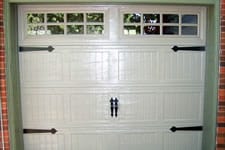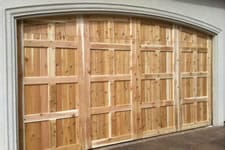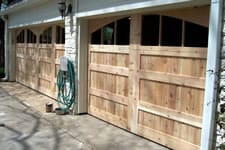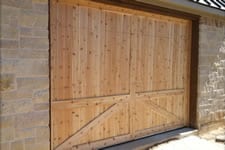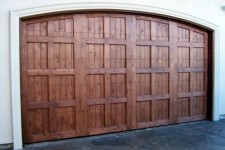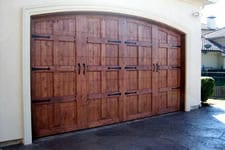How hard can it really be to balance your garage door torsion springs and know if they are the right one(s) for the garage door…..
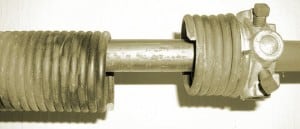
but wait ….

Unfortunately…you can’tTruly the most efficient and proper way to make sure the correct torsion springs are on the garage door is to weigh it and calculate the correct IPPT (Inch Pounds Per Turn). Yes, weigh it. It is a counter balance system and if it is off balance the garage door is not going to work properly. Now most companies will “manipulate” the garage door torsion spring(s) and make it work. However, the homeowner will not know this and over the long haul there will be issues with the garage door and/or garage door opener.
Some examples of problems the garage door or garage door opener can have are:
- Excessive wear on the garage door opener gear and sprocket shaft assembly.
- Garage door opener up and down force settings set to high.
- Cable coming off of the torsion drum and causing the garage door to come off track.
As a homeowner, how can I tell if
my garage door torsion spring(s) are balanced properly.
- With the garage door in the down position pull your emergency release cord and disengage the garage door opener from the garage door opener rail.
- Lift your garage door half way up manually. Two panels should be above the header and two panels below the header.
- Release your hand from the garage door.
- If your garage door starts to roll down your garage door torsion springs need to be adjusted. (Call a professional)
- If your garage door stays in place it would appear that your garage door is balanced. Now…
- Lift the garage door all the way up to the open position.
- If the garage door “sucks” up in the header quickly and takes a lot of effort to pull down then you may have an issue. (Call a professional)
- If the garage door lifts smoothly and stays up in the header without rolling back down, your garage door torsion springs are balanced.
- If the garage door starts to roll back down the tracks, the garage door torsion springs need to be adjusted. (Call a professional)

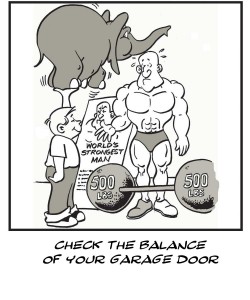

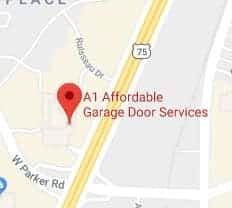 Click For Large Map
Click For Large Map
